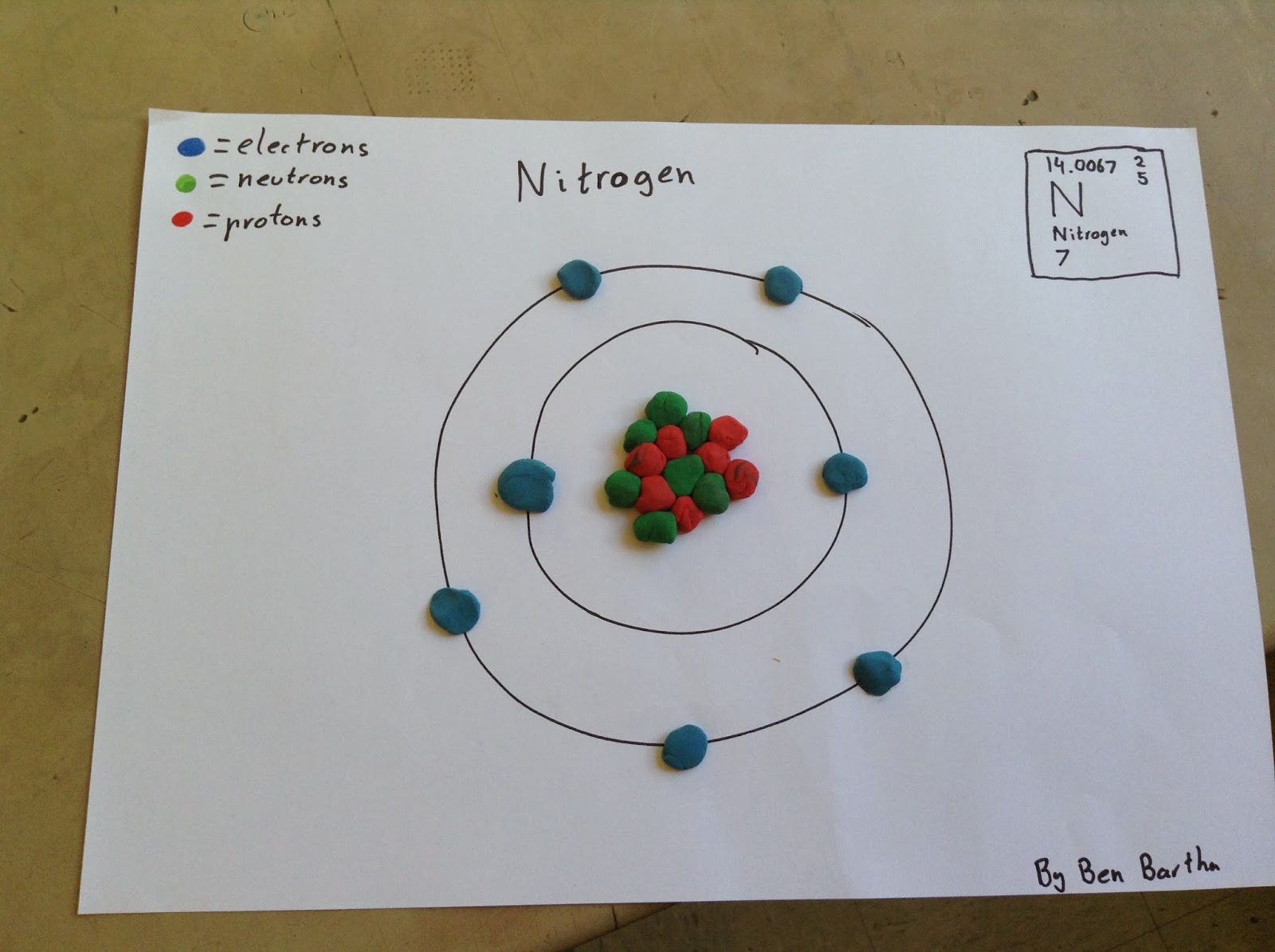Oh and reports and finishing marking.
So apart from feeling a little:
I am actually quite excited about teaching my Head Start classes. This week I have started teaching year 11 biology and chemistry. In my chemistry class today, one of the things I was doing was getting my students to self-assess a timeline that they had produced in groups in the previous class. The timeline illustrated development of atomic theory, hopefully showing understanding, content knowledge, and presentation skills (in order of relative importance).
What I found was that students were quite on the mark in terms of assigning 'grades', compared to what I assign. More importantly, the discussions that ensued were particularly revealing. Through a conversation I facilitated, they indicated why and why not they thought particular posters were well done- several students were corrected by peers for praising well-presented work that showed no understanding. They began to auto-correct and critique the work beyond a surface/superficial level. Some students misidentified information (dates/names etc) as understanding, and were able to be corrected by their peers, who explained that the posters did not in fact show the experimental evidence leading to the development of the different models.
I know that Hattie ranks student self-assessment as an important and powerful element of education, yet I do not think I had experienced just how powerful it could be in my classroom. To watch students reflect and change their thinking in front of me was really satisfying. Taking the time to think, to really slow down and look at a piece of work, was something that benefited my chemistry students. I will definitely be employing this more often in my classes, with the intention of developing self-correcting, deeply understanding students.



























